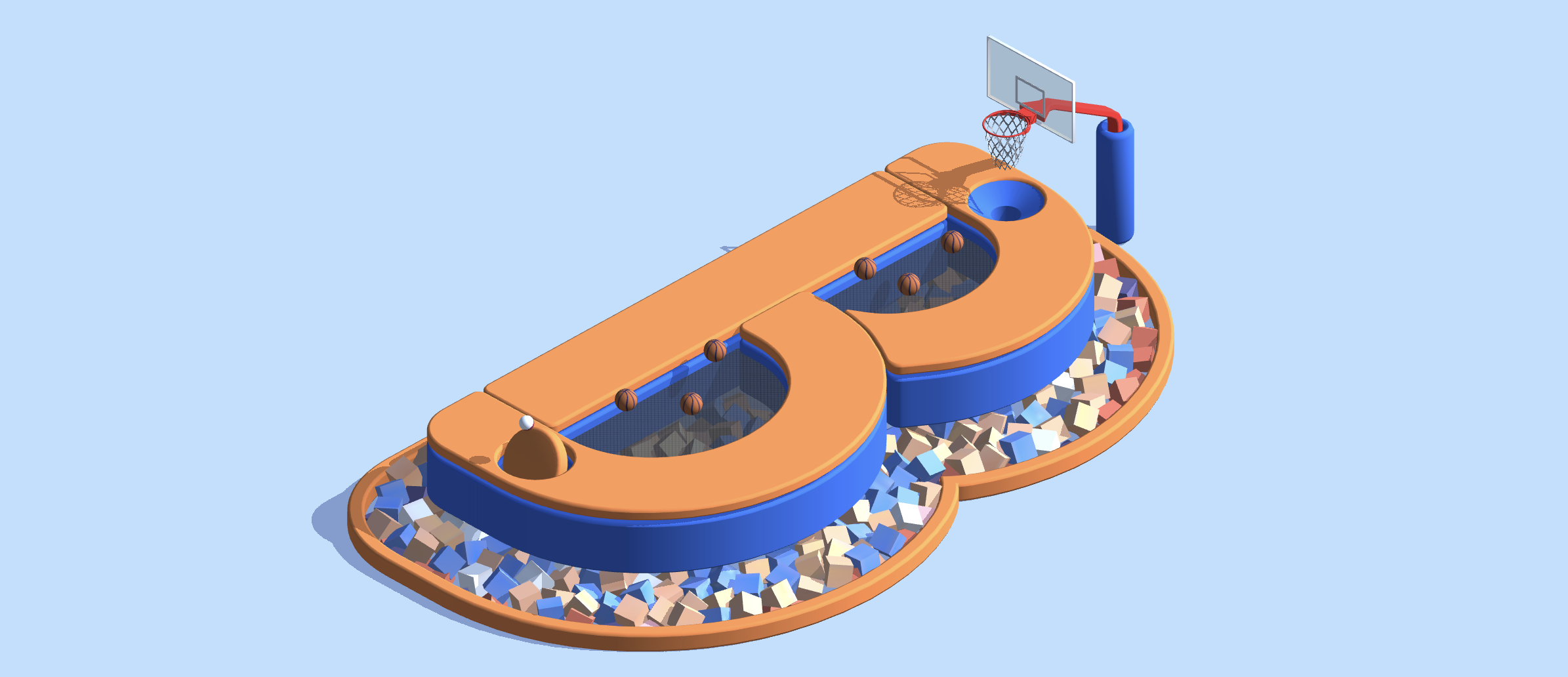
Email: BuddyZhang1 buddy.zhang@aliyun.com
目录
源码分析
static inline int test_and_clear_bit(unsigned int nr, volatile unsigned long *p)
{
long old;
unsigned long mask = BIT_MASK(nr);
p += BIT_WORD(nr);
if (!(READ_ONCE(*p) & mask))
return 0;
old = atomic_long_fetch_andnot(mask, (atomic_long_t *)p);
return !!(old & mask);
}
#define test_and_clear_bit(nr,p) ATOMIC_BITOP(test_and_clear_bit,nr,p)test_and_clear_bit() 函数的作用是将指定位清零,并返回原始值。参数 nr 在 BITS_PER_LONG 范围内,用于指定清零的位置;参数 p 指向 bit。 test_and_clear_bit() 属于 bitops 类中的一个,其实现 与体系有关,上方的函数是通用定义,下方的函数是与体系有关的定义。对于通用的定义, 函数首先计算 nr 位于 bit 的 long 偏移,然后调用 BIT_MASK() 生成对于的掩码, 最后使用 atomic_long_fetch_andnot() 函数写原子或操作,设置对应的 bit。对于体系相关 的实现,对 ARM 而言,其实现与下面函数有关:
实践
驱动源码
/*
* Bitmap.
*
* (C) 2019.06.10 <buddy.zhang@aliyun.com>
*
* This program is free software; you can redistribute it and/or modify
* it under the terms of the GNU General Public License version 2 as
* published by the Free Software Foundation.
*/
#include <linux/kernel.h>
#include <linux/init.h>
/* header of bitmap */
#include <linux/bitmap.h>
static __init int bitmap_demo_init(void)
{
unsigned long bitmap = 0x1230068;
unsigned long old = bitmap;
int ret;
/* set bit */
set_bit(9, &bitmap);
printk("set_bit(9, %#lx): %#lx\n", old, bitmap);
old = bitmap;
/* clear bit */
clear_bit(9, &bitmap);
printk("clear_bit(9, %#lx): %#lx\n", old, bitmap);
old = bitmap;
/* Change bit */
change_bit(9, &bitmap);
printk("change_bit(9, %#lx): %#lx\n", old, bitmap);
old = bitmap;
/* Set bit and return original value */
ret = test_and_set_bit(9, &bitmap);
printk("test_and_set_bit(9, %#lx): %#lx (origin: %d)\n", old,
bitmap, ret);
old = bitmap;
/* Clear bit and return original value */
ret = test_and_clear_bit(9, &bitmap);
printk("test_and_clear_bit(9, %#lx): %#lx (origin: %d)\n", old,
bitmap, ret);
old = bitmap;
/* Change bit and return original value */
ret = test_and_change_bit(9, &bitmap);
printk("test_and_change_bit(9, %#lx): %#lx (origin: %d)\n",
old, bitmap, ret);
return 0;
}
device_initcall(bitmap_demo_init);驱动安装
驱动的安装很简单,首先将驱动放到 drivers/BiscuitOS/ 目录下,命名为 bitmap.c, 然后修改 Kconfig 文件,添加内容参考如下:
diff --git a/drivers/BiscuitOS/Kconfig b/drivers/BiscuitOS/Kconfig
index 4edc5a5..1a9abee 100644
--- a/drivers/BiscuitOS/Kconfig
+++ b/drivers/BiscuitOS/Kconfig
@@ -6,4 +6,14 @@ if BISCUITOS_DRV
config BISCUITOS_MISC
bool "BiscuitOS misc driver"
+config BISCUITOS_BITMAP
+ bool "bitmap"
+
+if BISCUITOS_BITMAP
+
+config DEBUG_BISCUITOS_BITMAP
+ bool "test_and_clear_bit"
+
+endif # BISCUITOS_BITMAP
+
endif # BISCUITOS_DRV接着修改 Makefile,请参考如下修改:
diff --git a/drivers/BiscuitOS/Makefile b/drivers/BiscuitOS/Makefile
index 82004c9..9909149 100644
--- a/drivers/BiscuitOS/Makefile
+++ b/drivers/BiscuitOS/Makefile
@@ -1 +1,2 @@
obj-$(CONFIG_BISCUITOS_MISC) += BiscuitOS_drv.o
+obj-$(CONFIG_BISCUITOS_BITMAP) += bitmap.o
--驱动配置
驱动配置请参考下面文章中关于驱动配置一节。在配置中,勾选如下选项,如下:
Device Driver--->
[*]BiscuitOS Driver--->
[*]bitmap
[*]test_and_clear_bit()具体过程请参考:
驱动编译
驱动编译也请参考下面文章关于驱动编译一节:
驱动运行
驱动的运行,请参考下面文章中关于驱动运行一节:
启动内核,并打印如下信息:
usbcore: registered new interface driver usbhid
usbhid: USB HID core driver
set_bit(9, 0x1230068): 0x1230268
clear_bit(9, 0x1230268): 0x1230068
change_bit(9, 0x1230068): 0x1230268
test_and_set_bit(9, 0x1230268): 0x1230268 (origin: 1)
test_and_clear_bit(9, 0x1230268): 0x1230068 (origin: 1)
test_and_change_bit(9, 0x1230068): 0x1230268 (origin: 0)
aaci-pl041 10004000.aaci: ARM AC'97 Interface PL041 rev0 at 0x10004000, irq 24
aaci-pl041 10004000.aaci: FIFO 512 entries
oprofile: using arm/armv7-ca9驱动分析
bitops 清零操作
附录
赞赏一下吧 🙂
